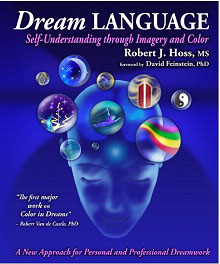Jungian Analytical Psychology:Carl Jung
|
|
Archetypes
|

Archetypes of the Conscious Mind:
|

Individual Perspective:
Jung stressed the importance of individuality and situational variables in dream interpretation. The quick assertion of dream symbols and conformity to predetermined ideas, without insight of the dreamer’s personal circumstances, could lead to false impression. While archetypes were considered by Jung to be universal, he also contrasted this theory with the concept of signs. The signs, or symbolic meaning behind images, must be considered in respects to a personal significance. In this sense, dreams express a wide versatility in representation or meaning as they have the ability to present archetypes in different manners relative to individual experience. Jung used a method of “sticking to the image” in order to an individual’s personal association with the particular images, or archetypes, manifested in their dreams. Thus, the context of dreams played a significant role in their analysis. Jung believed that dreams weren’t as misleading as once theorized, and that it was in their nature to become deciphered. Their surrealistic and ambiguous elements were merely the result of the unconscious’s own system of language, developing a system of logic incongruent from that of the conscious mind. He also hypothesized that dreams were more than just repressed wishes. They had the potential to contain unconsidered truths, philosophical declarations, fantasies, past memories, future plans, irrational experiences and even extrasensory visions. To Jung, the unconscious mind was merely a integral part of the human psyche that was nocturnally activated and interpreted in dreamlike fantasy. Home |